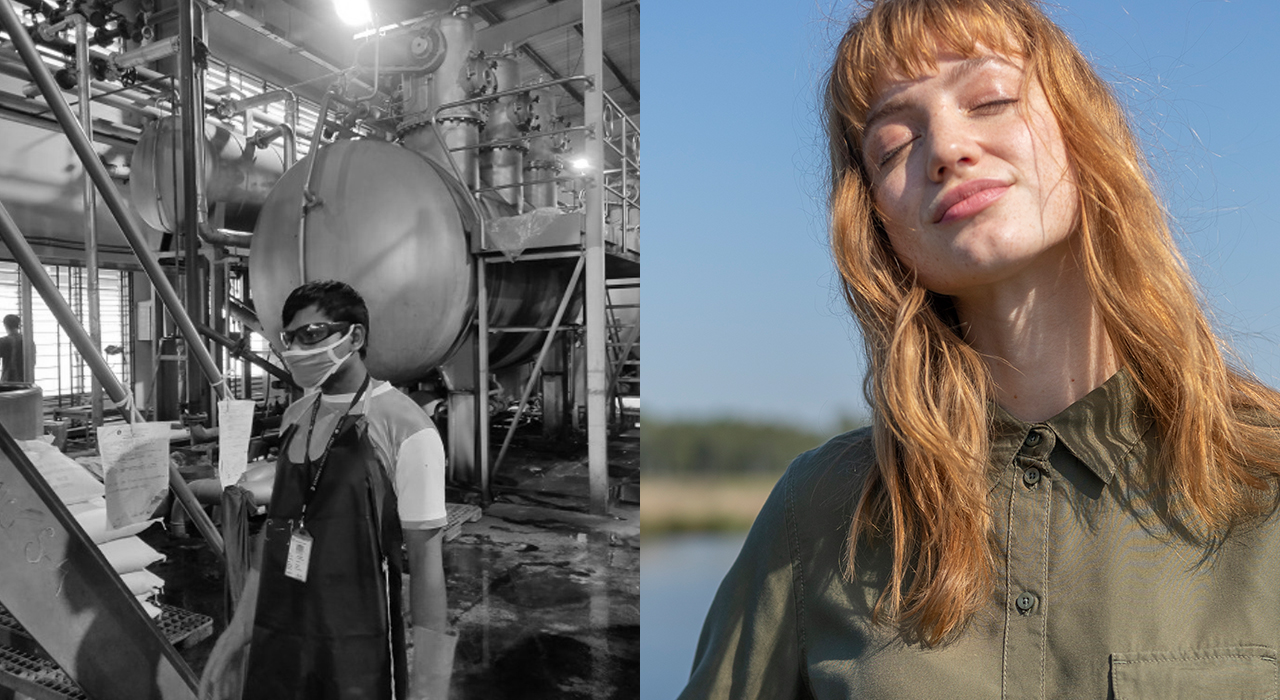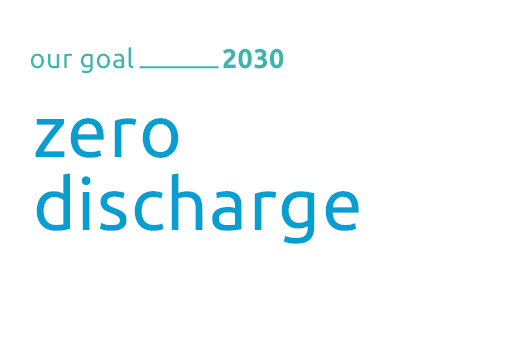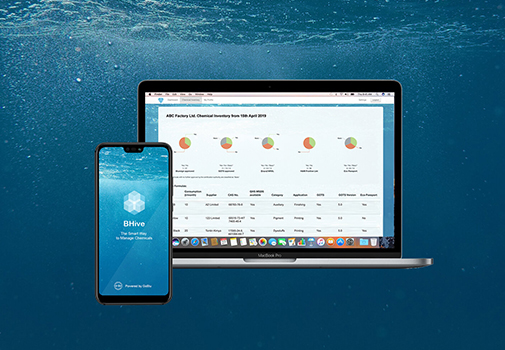Chemicals
Dyeing, washing and finishing textiles all require chemicals. Utilising and disposing of these chemicals poses one of the industry’s biggest threats to people and the planet. Inadequate treatment of wastewater in manufacturing countries destroys local eco systems, jeopardises drinking water reserves and ruins arable land.
So our goal is clear: zero discharge of hazardous chemicals. We want to eliminate all hazardous chemicals from our manufacturing processes by 2030. And by 2025, no hazardous chemicals will be used in any of our strategic suppliers’ wet processes either.

Chemical use. Our clearly defined rules for suppliers and their upstream processes play a key role eradicating hazardous chemicals.
The Restricted Substances List (RSL) provides information on banned substances or those with threshold limits in finished textiles products.
The Manufacturing Restricted Substances List (MRSL) is a list of chemicals either completely banned or limited to threshold levels in manufacturing. Our own MRSL was compiled in line with the Textile Partnership’s requirements, which are identical to the Zero Discharge of Hazardous Chemicals (ZDHC) initiative’s MRSL. It contributes to a homogenous understanding of chemical use across the industry. Since 2018, we’ve completely removed all per- and polyfluorinated chemicals from our production processes.

Chemical management. Proper selection, storage, handling and disposal of chemicals are all crucial in preventing any harm coming to people or the planet. Chemical management is monitored as part of social auditing. The Sustainable Apparel Collection’s Higg FEM tool also gives us an overview of how our suppliers structure their chemical management. Our EMPact Detox training (Link) is designed to support suppliers in analysing processes and learning how to make improvements.
BHive® inventories. We’ve been piloting an app for chemical management that links three huge trends: digitalisation, transparency and sustainability. BHive® allows production sites to generate a digital chemical inventory by scanning chemical labels via the app. It also automatically compares details with our MRSL. Factories then have a clear overview of which chemicals need to be substituted.

